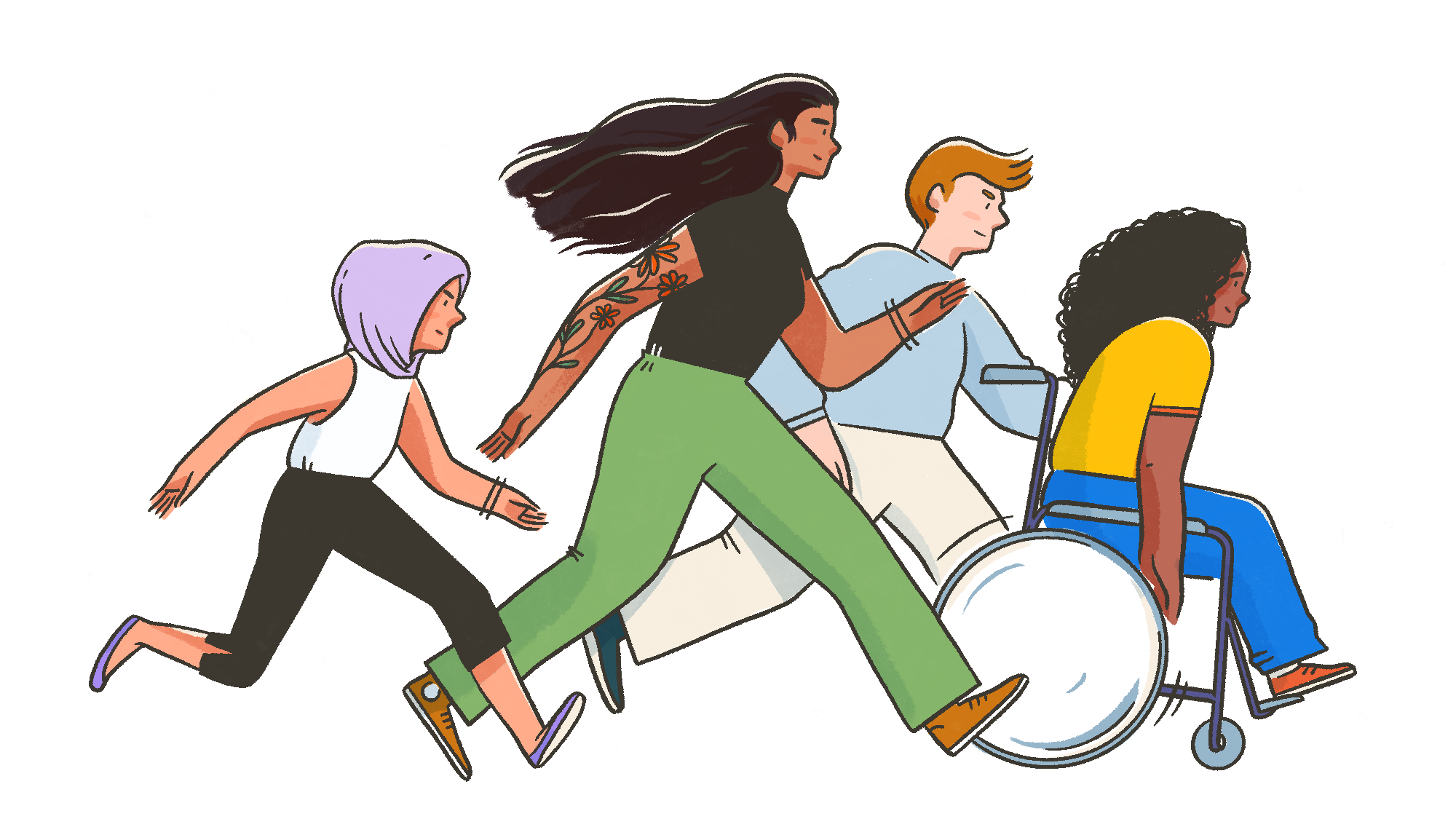Over the past two years, Grist has undertaken a number of activities to nurture a culture of diversity, equity, and inclusion at our organization.
Our efforts have taken place within a broader context of growth and strategic shifts. In four years, Grist has grown from a predominantly Seattle-based organization of about 25 to a nationally distributed team of more than 50 in 14 states. We’ve honed our strategy, reflected in the recent relaunch of our brand with a focus on climate, solutions, and justice. While investing in and deepening our editorial program, we’ve also launched new initiatives, including Fix, Grist’s solutions lab. We’ve grown our fellowship program and launched a small entrepreneur-in-residence initiative, both of these centered on supporting emerging journalists and entrepreneurs, particularly people of color, working on environmental storytelling.
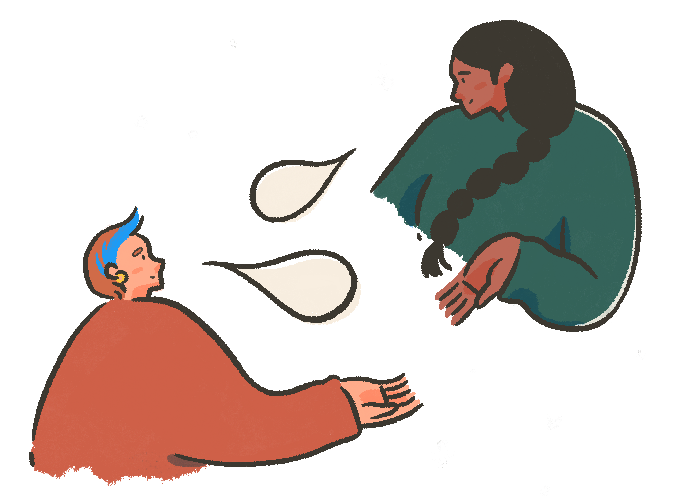
In late 2019, Grist conducted a comprehensive market pay analysis — using available market data from peers in nonprofit and for-profit media — in an effort to ensure staff were being paid fairly and equitably for their work. The analysis looked at factors that included gender and geography. Where we identified modest gaps on the basis of these factors, unfortunately all too common in the media, we acted immediately to erase them. We continue to assess pay annually with new criteria, as our staff grows, to ensure equity. In 2019, we also expanded our family and sick leave policies.
As a mid-sized nonprofit, most of our financial resources come from foundations, individual philanthropists, and thousands of members who believe in our work and our mission. It takes expertise and financial resources to nurture the systems and culture that transforms organizations and roots our work in anti-racism. Because it is difficult to secure philanthropic resources for internal investments in human resources and culture, Grist decided to invest our own core resources in this work. In the past year, we’ve taken a number of steps: We brought on a dedicated senior human resources advisor, and we invested in an external consultant who knows us well to help guide our path toward anti-racism.
In early 2020, we formalized our internal committee for diversity, equity, inclusion, and justice, or DEIJ, as a cross-organizational committee with six to eight members led by two rotating staff co-chairs.
In September 2020, the DEIJ committee administered an in-depth survey to the staff covering a range of demographic factors. Forty-two staffers responded. (Our team has continued to grow since then.) The committee also surveyed former staffers in order to assemble historic data from the prior three years. You can see an expanded dataset here.
We commit to publishing these data on an annual basis along with an update from Grist’s CEO in collaboration with the diversity, equity, inclusion, and justice committee. This is the first of such updates. We’re publicly sharing four organizational commitments for the coming year. Our two main objectives with this report are transparency and accountability.

Topline survey results
Our survey results show that we’ve made progress toward diversity in a number of areas. The proportion of people of color at Grist has increased over the past three years as we’ve gradually expanded. Because Grist’s year-to-year voluntary staff retention has been well over 90 percent in recent years, our opportunities to increase representation have been when we’ve made new hires as a result of growth.
At the leadership level, we’ve made significant progress on representation. We’re one of the only national media nonprofits to have an openly LGBTQ CEO of color, and two senior program leaders — executive editor Nikhil Swaminathan and the Fix program director Lisa Garcia — are also people of color.
At the time of the survey, Grist did not have any full-time Black or Indigenous reporters or editors on our editorial staff. Over the past six months, this has changed. However, it is an area of focus for us to hire more writers and editors from communities that are disproportionately impacted by pollution and climate change.



Commitments for 2021
Grist’s CEO, in consultation with the DEIJ committee, is publicly committing to taking specific steps toward diversity, equity, inclusion, and justice across the following four areas:
Representation and diversity
We’re committed to increasing representation of people of color, particularly Black and Indigenous staff, across Grist in management, our programs, and in all other organizational departments. We’re specifically focused on increasing the representation of people of color on our board of directors and the proportion of BIPOC writers and editors on our editorial team.
Compensation and benefits
We’ve made strides in sharing and investing in gender pay equity across Grist, and we’ve improved our benefits over time. In 2021, we’re committed to taking three steps in this area:
- We will continue analyzing our pay practices by gender and race, and we will take immediate action to eliminate any pay gaps that we find.
- We will explore ways to make our compensation practices more transparent internally and externally.
- We will work on expanding mental health and paid leave benefits during our annual budgeting process in September 2021. We are continually looking at ways to make our benefits more responsive to the diverse needs of our team.

Hiring practices
We’re committed to having diverse finalist pools when adding staff to the team. We’re also committed to reducing the time and work burden we place on applicants during the hiring process. We will provide compensation to finalists who produce work for us during the final stage of an interview process, including presentations and editorial tests. We’ll also continue to invest in professional development and career advancement opportunities for employees.
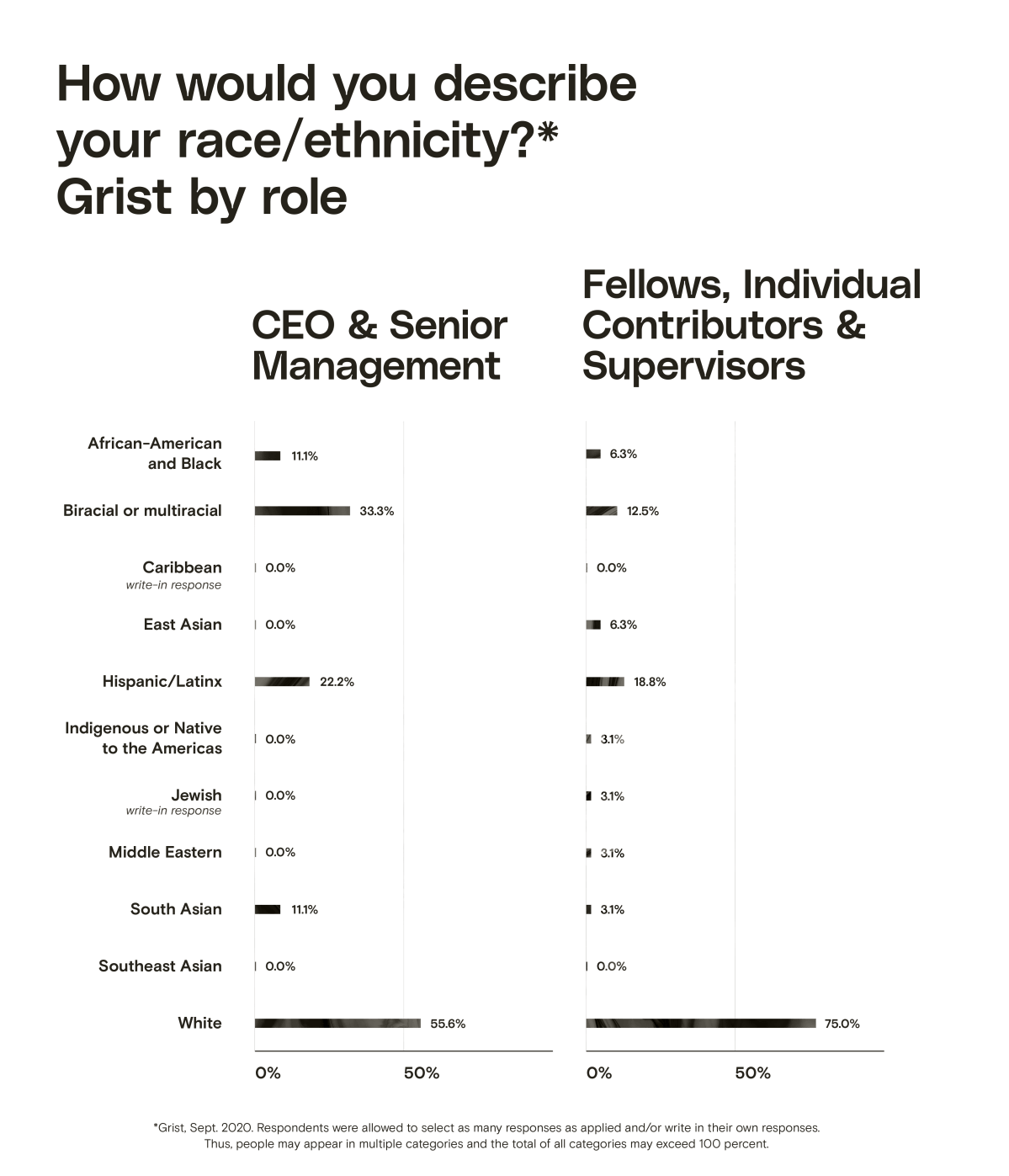
Data and transparency
We’re committed to continuing to publish data on staff demographics on an annual basis. This year, we didn’t include data pertaining to our board of directors, but we will include it in our next survey. You can see an expanded dataset here. Our goal is to publish this report at the close of each calendar year.
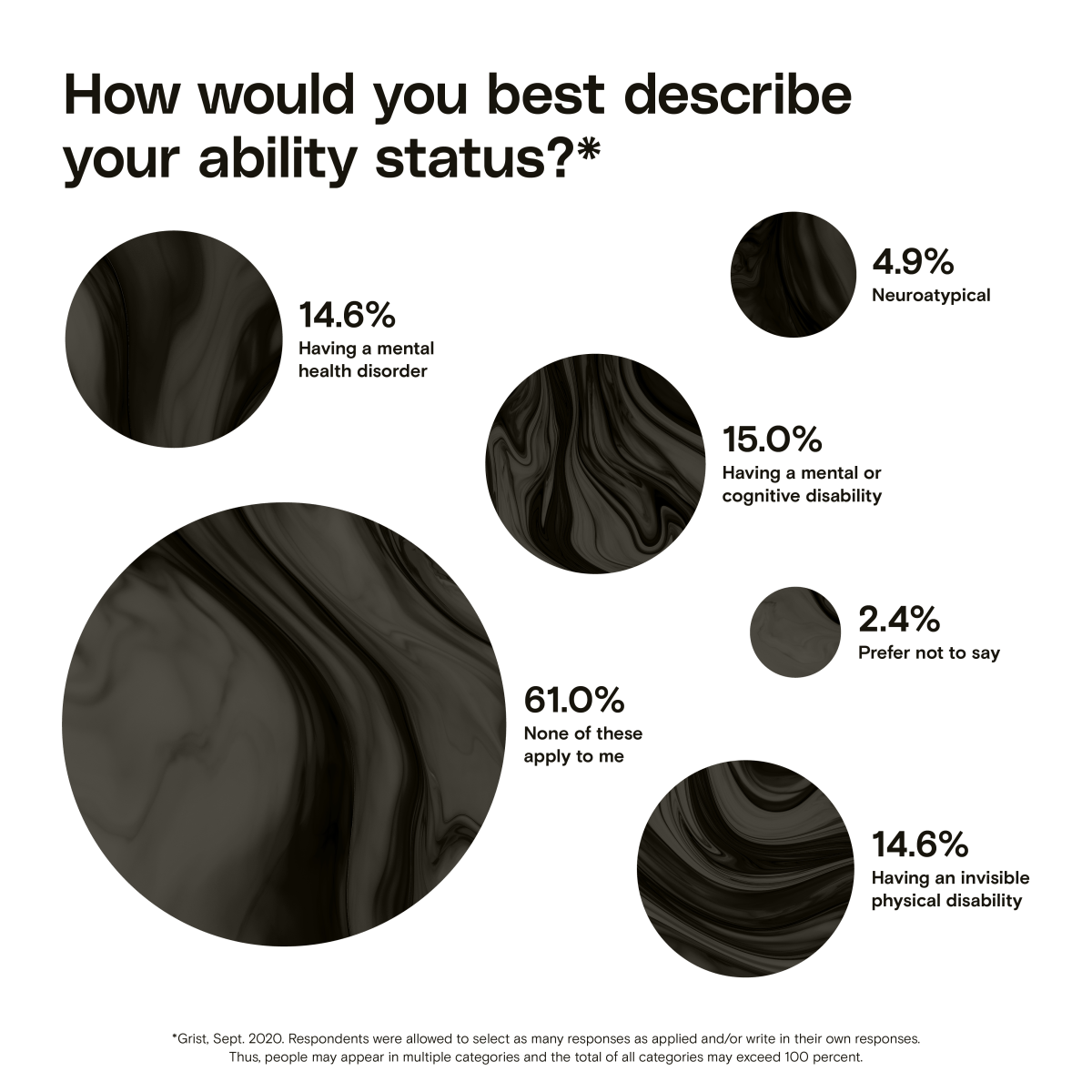
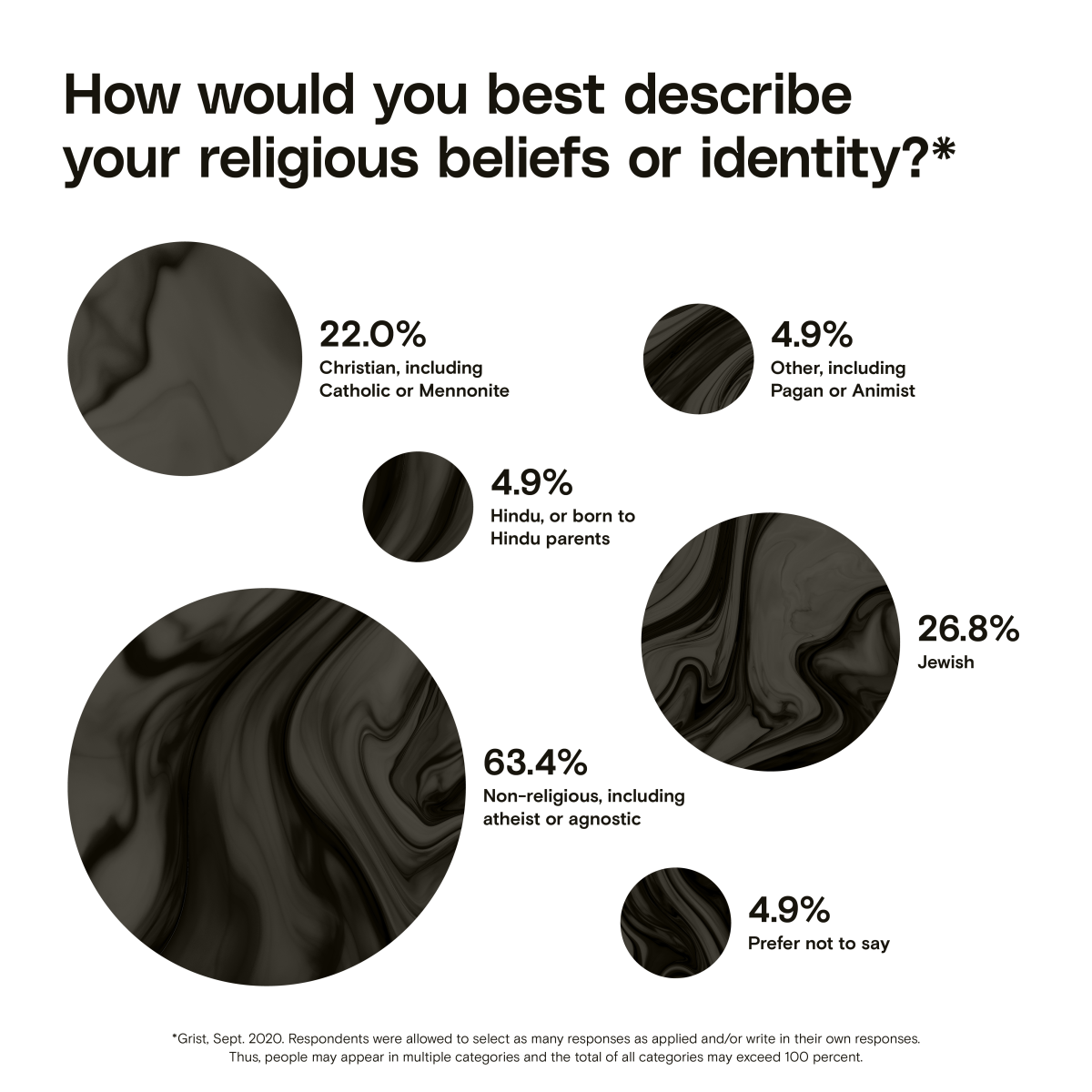
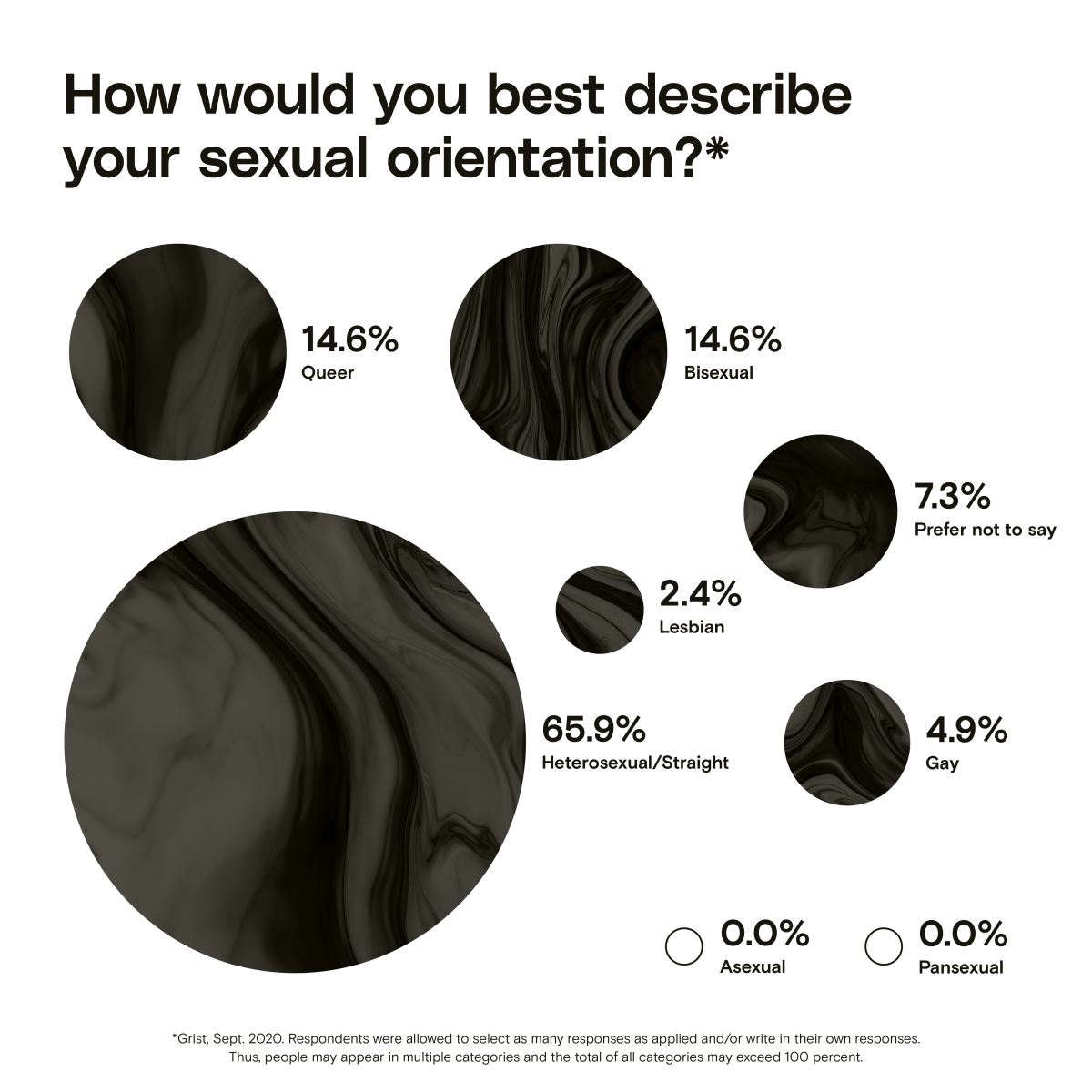
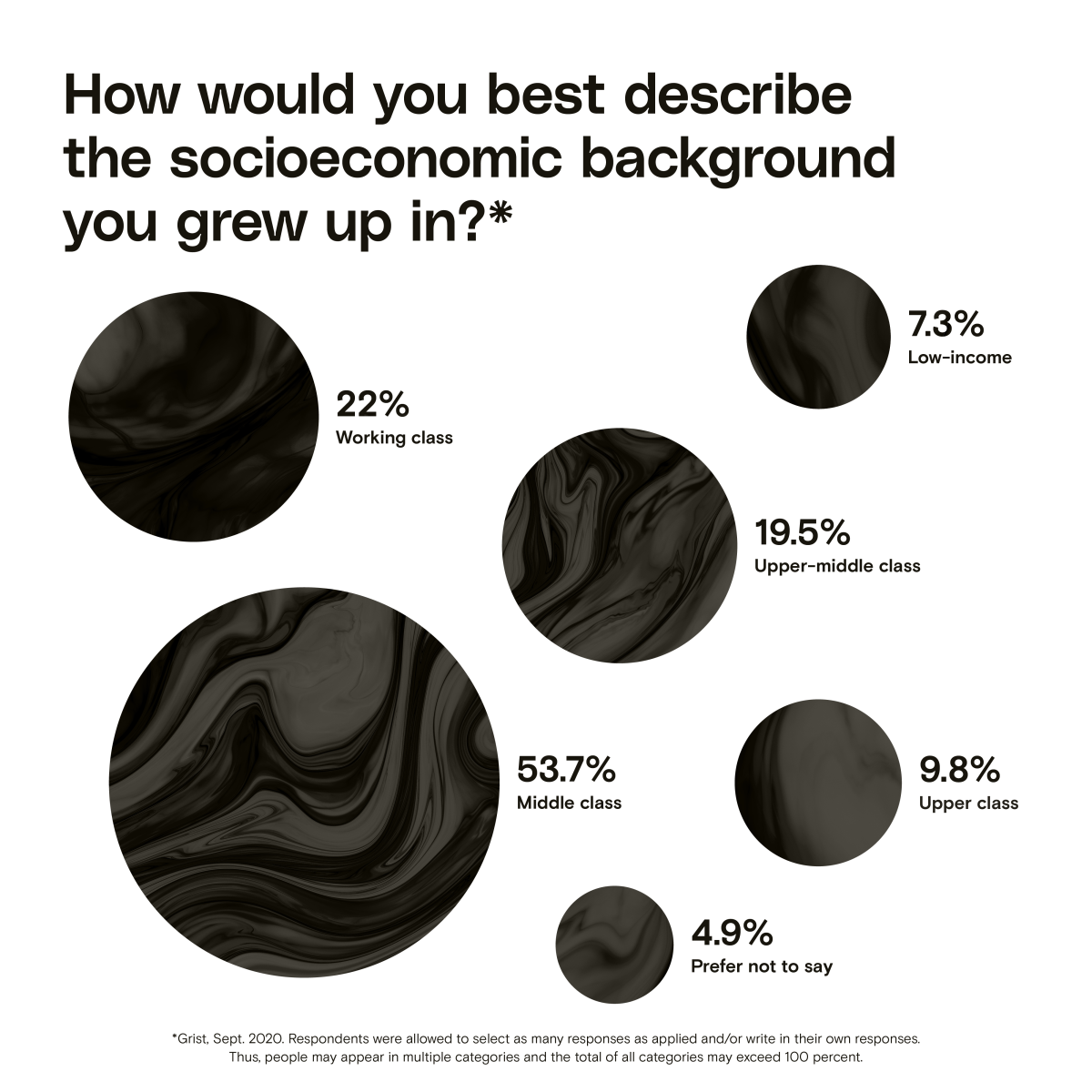
We will report back on our progress across these four areas when we publish our next update at the end of 2021. You can reach out to us any time with questions on our journey by emailing deij@grist.org.

Brady Piñero Walkinshaw, Chief Executive Officer
Grist’s Diversity, Equity, Inclusion, and Justice Committee

